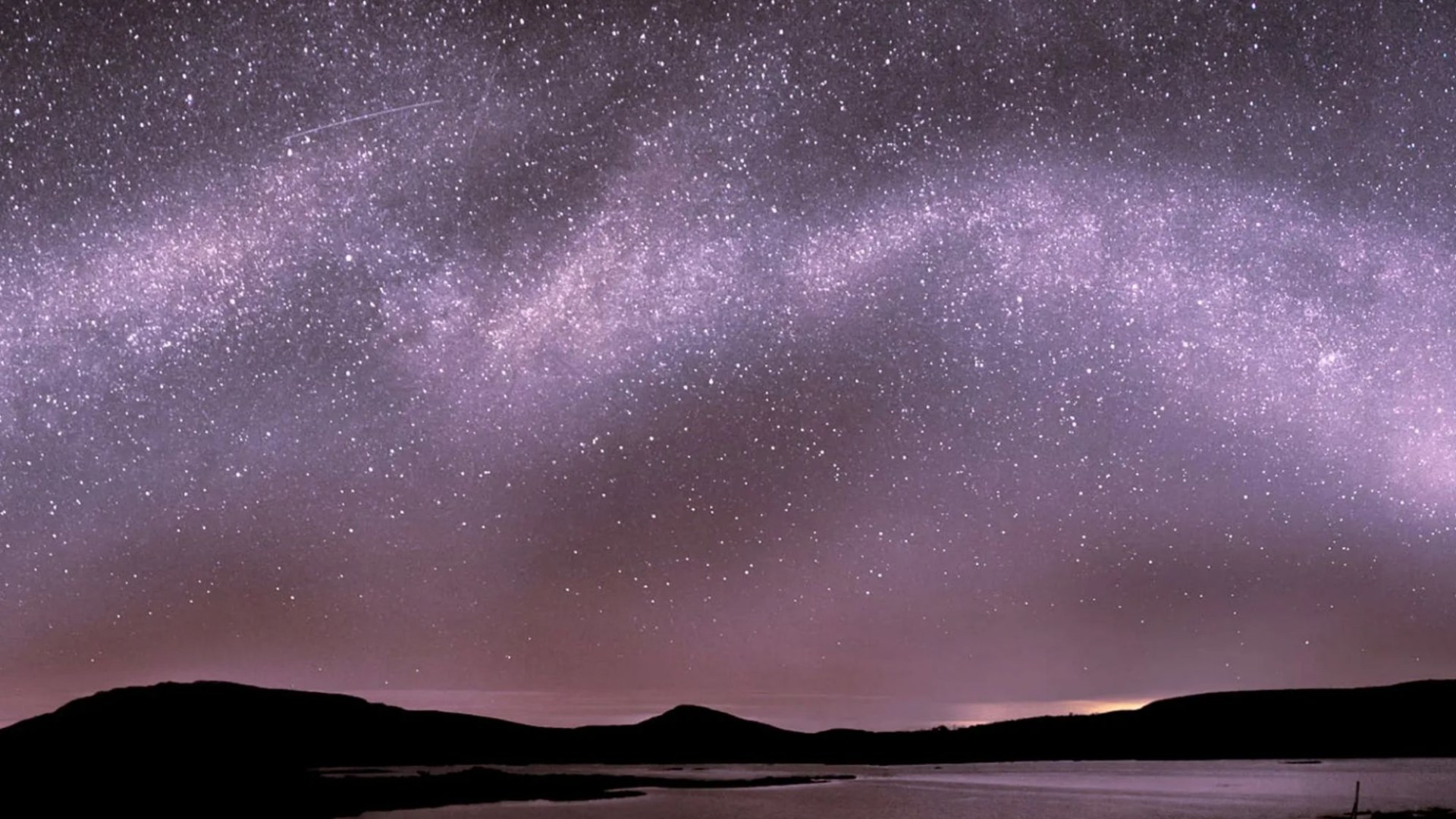Science
Irish Stargazers Prepare for Stunning Perseid Meteor Shower Tonight

The night sky over Ireland will showcase a spectacular astronomical event as the Perseid meteor shower reaches its peak tonight. Stargazers can expect to witness up to 150 meteors per hour, providing a dazzling display that experts liken to “natural fireworks.” This extraordinary phenomenon occurs when Earth passes through debris left by the ancient Comet Swift-Tuttle, which has a history spanning over 5 billion years.
The meteor shower is set to be particularly vibrant, with average speeds of around 58 km per second, creating bright meteor trails as smaller meteors vaporise upon entering the Earth’s atmosphere. Larger meteors may even explode into fireballs, adding to the excitement of the night. While many meteors will be visible to the naked eye, observers might also catch a glimpse of the planets Jupiter and Venus, as they will be positioned closely in the sky.
Optimal Viewing Conditions
According to Dr. Shyam Balaji, a theoretical physicist at King’s College London, the best location for viewing the Perseid meteor shower is in the northeastern skies near the constellation Perseus. While meteors can be spotted throughout the sky, this area offers optimal conditions for a remarkable viewing experience.
The prime time to observe the shower will be between midnight and 5:30 AM, when the sky is darkest. For those living in urban areas, it is advisable to find a darker location away from city lights, as light pollution can significantly hinder visibility. In Dublin, ideal spots include Phoenix Park and Bull Island, both of which provide a clearer view of the sky.
Understanding Meteors and Comets
For those curious about the science behind meteors, it is essential to distinguish between asteroids, meteoroids, and comets. An asteroid is a small rocky body that orbits the Sun, primarily found in the asteroid belt between Mars and Jupiter. When two asteroids collide, fragments break off and become meteoroids. As meteoroids enter Earth’s atmosphere, they vaporise and create the streaks of light known as meteors. If they survive this journey and land on Earth, they are referred to as meteorites. Comets, in contrast, are icy bodies that develop tails of gas and dust as they approach the Sun.
For the best experience, stargazers are encouraged to choose a viewing site with an unobstructed horizon. While binoculars may be tempting, they could limit the overall view of the sky, potentially causing observers to miss the stunning meteors. Dr. Balaji recommends using stargazing apps like Sky Guide or Stellarium to enhance the viewing experience by identifying the best regions of the sky.
As the Perseid meteor shower lights up the night, those who venture into the darkness will undoubtedly be rewarded with a breathtaking spectacle. Prepare to look up and enjoy one of the finest celestial shows of the year.
-

 Entertainment2 weeks ago
Entertainment2 weeks agoAimee Osbourne Joins Family for Emotional Tribute to Ozzy
-

 Politics2 weeks ago
Politics2 weeks agoDanny Healy-Rae Considers Complaint After Altercation with Garda
-

 World4 weeks ago
World4 weeks agoHawaii Commemorates 80 Years Since Hiroshima Bombing with Ceremony
-

 Top Stories4 weeks ago
Top Stories4 weeks agoFianna Fáil TDs Urgently Consider Maire Geoghegan-Quinn for Presidency
-

 World4 weeks ago
World4 weeks agoGaza Aid Distribution Tragedy: 20 Killed Amid Ongoing Violence
-

 World4 weeks ago
World4 weeks agoCouple Convicted of Murdering Two-Year-Old Grandson in Wales
-

 World4 weeks ago
World4 weeks agoAristocrat Constance Marten and Partner Convicted of Infant Murder
-

 Top Stories4 weeks ago
Top Stories4 weeks agoClashes Erupt Between Far-Right Groups and Migrants in Spain
-

 Top Stories4 weeks ago
Top Stories4 weeks agoHistoric Dalkey Pub The Queens Reopens Under New Management
-

 World4 weeks ago
World4 weeks agoTrump Defends FBI Deputy Director Amid Epstein Files Controversy
-

 Business4 weeks ago
Business4 weeks agoSunshine 106.8 Boosts Irish Music After Regulator’s Request
-

 Politics4 weeks ago
Politics4 weeks agoTragic Crowd Surge at Gaza Aid Center Claims 20 Lives









